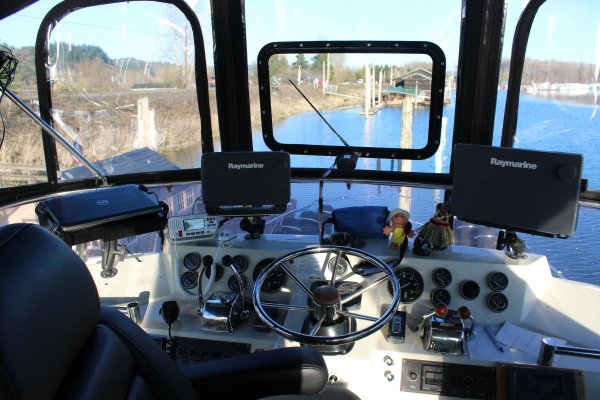dhays
Guru
- Joined
- May 26, 2015
- Messages
- 9,045
- Location
- United States
- Vessel Name
- Kinship
- Vessel Make
- North Pacific 43
I would never use the sectors for collision as much as constant bearing decreasing range...the real indicator in my mind of a collision.
I benefit from all the advice and perspective of you folks that have so much more experience than I will ever have. As I read these discussions I learn a lot, and once again, have to thanks you folks for contributing.
Anyway, I really like the radar and AIS collision avoidance features of my RayMarine system. I use it a fair amount to set targets and train them. However, when trying to make a decision as to the potential of a conflict, I have a hand-held compass at hand and check bearings. That will usually be the determining factor to tell me if I want to change course or not on a clear day.



